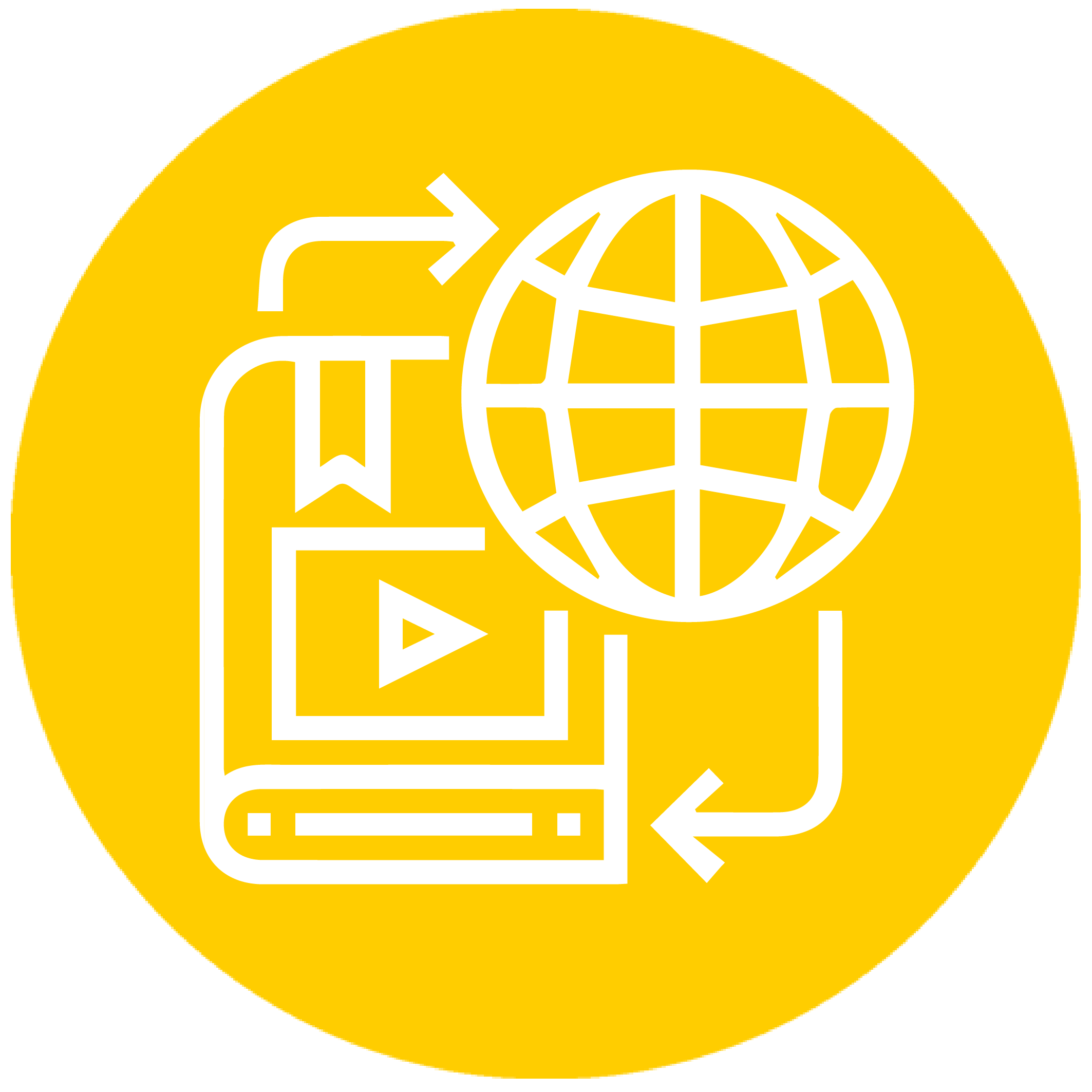Effective Teaching
Reflecting on Teaching Effectiveness (read full series)
What is it?
Effective teaching meets the learning needs of each individual student. As instructors, we aim to help all of our students learn and succeed. Basing our teaching on the principles of how students learn, we are best equipped to support diverse populations and varied class sizes. A number of sources can provide evidence of effectiveness and help us reflect on our teaching competence, including self-evaluation, evaluation by other faculty members, and feedback collected from our students.
Research
Research on teaching and learning demonstrates that clear course structure and teaching clarity increases student motivation, persistence, and improves performance and grades, with particular impact on first-generation and low-SES students (Blaich & Wise, 2014; Pascarella & Blaich, 2013; Wang et al., 2015).1 Clear and organized instruction impacts academic performance through three mechanisms: (1) student belief that faculty are interested in teaching and student development; (2) student academic engagement; and (3) student motivation (Roksa et al, 2017).
Data
 of UCD students report that they are satisfied (or very satisfied) with the quality of faculty instruction.
of UCD students report that they are satisfied (or very satisfied) with the quality of faculty instruction. of UCD students report that they are satisfied (or very satisfied) with the quality of teaching by graduate students (UCUES, 2018).
of UCD students report that they are satisfied (or very satisfied) with the quality of teaching by graduate students (UCUES, 2018).
Teaching Strategies
- Create an engaging & inclusive environment through varied instructional strategies and resources to promote high levels of student understanding.
- Design & organize the course by applying in-depth knowledge of teaching pedagogies to interconnect effective instruction, learning goals, and assessment within and across disciplinary content areas.
- Plan instruction & learning activities by flexibly utilizing a repertoire of instructional practices to differentiate instruction as informed by ongoing and multiple assessments.
- Assess learning with a wide range of assessments strategically, systematically, and flexibly throughout instruction to identify student learning needs and guide ongoing adjustments in instruction that maximize student learning.
- Reflect on teaching by analyzing and integrating information from a wide range of sources to impact teacher effectiveness and student learning.
Students say ...
- “I grow more in classes where I am able to practice and my instructor provides comments that guide and improve my understanding.”
- “Being in a class that was structured around group projects made me feel more engaged in the course material, which definitely contributed to my learning and success in the class.”
Reflection
- What do you want learning to look like in your classroom? To ensure students are learning, how will you actively engage them, differentiate instruction, and provide opportunities for guided practice and meaningful feedback?
- What data will you gather to determine the effectiveness of your teaching?
- 1List of all references in the complete JITT Guide.






